President William Howard Taft signed the act creating the U.S. Department of Labor in his final hours as president on March 4, 1913. In the decades following, the department has supported the interests of workers, jobseekers and retirees across the country. We’ve reduced workplace fatalities and recovered billions of dollars in stolen wages and benefits. Here are a few things you might not know about the Labor Department.

1. We’re younger than Labor Day.
Americans first celebrated Labor Day in 1882, and it became a federal holiday in 1894 – nearly 20 years before the creation of the Labor Department.
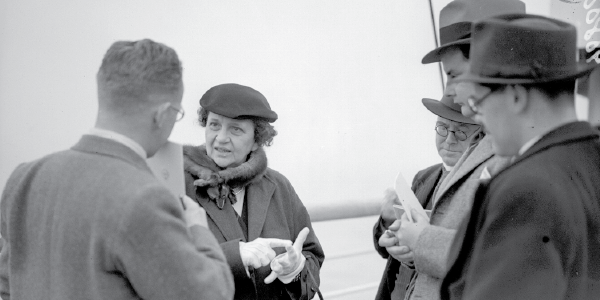
2. We put our own spin on the idea of “ladies first.”
The Labor Department was the first Cabinet agency led by a woman: Frances Perkins. Six women have held the title since then, giving us the record not just for the first, but for the most women secretaries as well. Many of the women who followed in Perkins’ footsteps have blazed their own trails. Elaine Chao and Hilda Solis were the first Asian American and Hispanic women in the Cabinet, respectively. Alexis Herman was the first African American to serve as secretary of labor. And Elizabeth Dole was the first woman to lead two different departments for two different presidents (Labor and Transportation).

3. Clam chowder could be a contentious dish at a Labor Secretary reunion.
Our 29 secretaries come from over a dozen states and three countries, but about one-fifth of them have called New York or Massachusetts home. Current Secretary Marty Walsh isn’t the first to hail from Boston. In fact, he’s not even the first Mayor of Boston to serve as Secretary of Labor. It’s an honor he shares with Maurice J. Tobin.
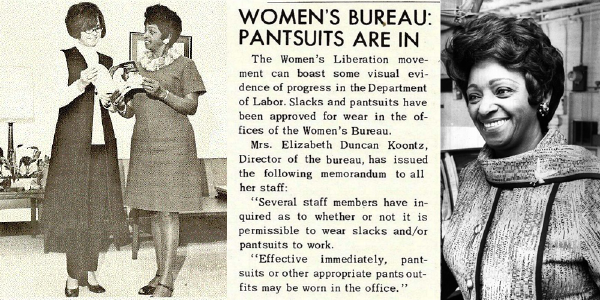
4. We didn’t always wear pants.
The women, at least. In fact, when the department’s female employees started wearing pants to work, it was notable enough to merit a mention in the newsletter. “Fashion forward” isn’t a phrase typically used to describe the department, but in the 1970s, we were ahead of other federal agencies in officially allowing women to work in pants, thanks to Elizabeth Duncan Koontz, the director of the Women's Bureau and an advocate for women's rights. Pants proved to be very practical, and the rest is history.

5. Our secretaries’ side hustles are next level.
Being a Cabinet member would be a pretty impressive accomplishment for most people, but for the 29 men and women who have served as secretary of labor, it’s just the beginning. Our first secretary, William Wilson, wrote poetry. Arthur Goldberg served as both a Supreme Court justice and ambassador to the United Nations. George Shultz also served as the director of the Office of Management and Budget, Secretary of the Treasury and Secretary of State. And Frances Perkins is a saint in the Episcopal church.
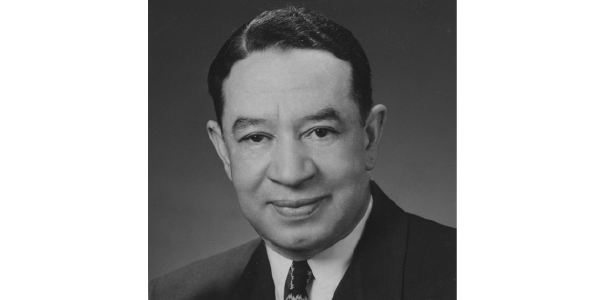
6. Our assistant secretaries are pretty impressive too.
If you ever start to feel smug about your personal accomplishments, take a look at J. Ernest Wilkins’ resume. As assistant secretary of labor for international affairs, Wilkins was the first African American to attend a Cabinet meeting. He earned a PhD from the University of Chicago before his 20th birthday (the third of five science degrees he would earn in his lifetime). He was also a mathematician, mechanical engineer and nuclear scientist, who worked as a physicist for the Manhattan Project.
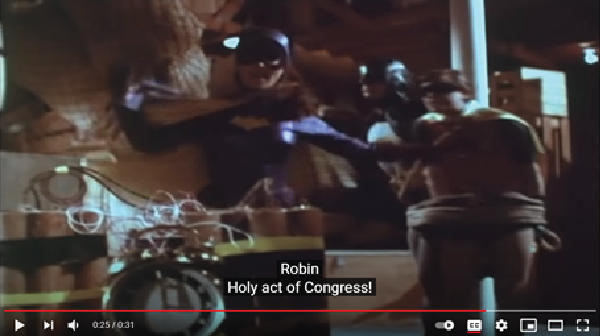
7. Our PSAs have seen stars.
RJ Mitte, Montel Williams, R. Lee Ermey, Carroll O’Connor, Colin Powell, the Flintstones, Johnny Cash, Mary Tyler Moore, Milton Berle, Ricardo Montalban, Vincent Price, Adam West, and Batgirl portrayer Yvonne Craig are among the celebrities who have helped educate the public about the department’s resources and the laws we enforce.
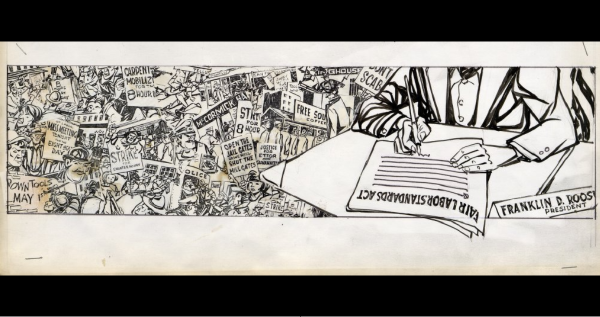
8. We are the original weekend warriors.
In that we enforce the law that created the 40-hour workweek. Early twentieth century labor activists had long advocated for clearly defined work hours and a minimum wage – two causes championed by Secretary Frances Perkins. The 40-hour workweek and the minimum wage became law with the passage of the Fair Labor Standards Act in 1938, and we’ve been enforcing it ever since.
Can’t get enough Labor Department history? Learn more about our department here.
Laura McGinnis is a public affairs specialist in the U.S. Department of Labor.

 U.S. Department of Labor Blog
U.S. Department of Labor Blog


